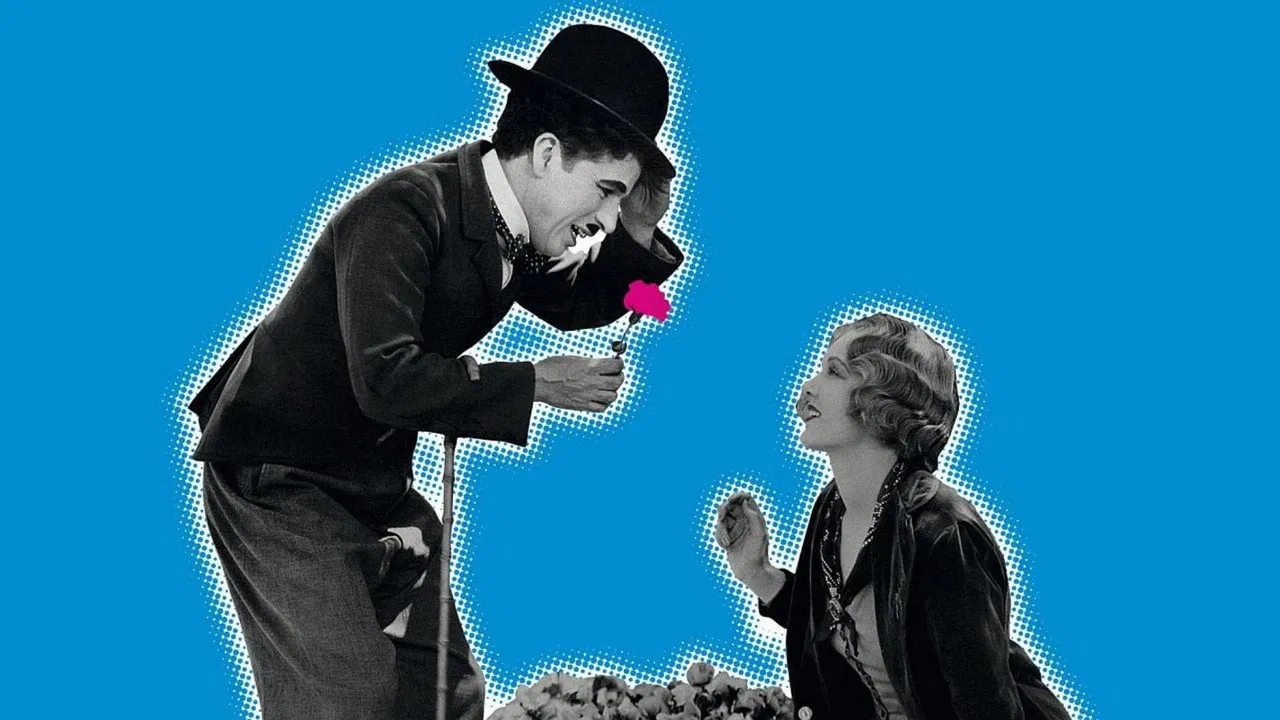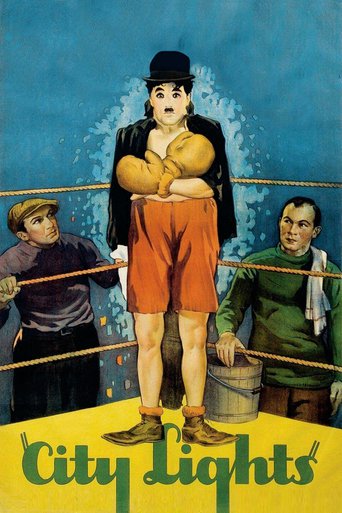

I saw this on TCM on Demand a long time ago and really want to see it again! Man, what a great movie this is! Chris Stuckmann, a YouTube film critic is working on reviewing a pre-1970 movie once a month and recently did this and gave it an A+. Now, about MY thoughts. The Tramp, Chaplin's character, falls in love with a blind girl. That's what I did with City Lights. It was originally in my top 10. Now it's lower since I have seen more movies. Maybe I will change my mind when I see it again-WHICH I WILL! I have seen few silent movies and this is the best out of which I have. See City Lights, you shall not be disappointed!
... View MoreCharlie Chaplin's 1931 film is considered one of the most iconic movies of the twentieth century (number 11 on American Film Institutes list of best American movies ever made). The "talkie" movement started in 1928 and older silent movies became almost obsolete, City Lights proved that to be wrong. The way sound is used to amplify movement (even something as simple as walking down stairs) or a situation creates a type of magnificence that only Chaplin can portray. It was pre-code and yet was never risky, even during Chaplin's boxing match they kept it relatively clean.
... View MoreThis film is a masterpiece, a masterpiece of silent movies, though in 1988 a music score by Charlie Chaplin was added to the film, with several instruments and not the traditionally improvised piano music of the 1920s and 30s. The music gives some dynamism and density to the film itself.The actors are absolutely fabulous and thus the story without words is quite realistic and poignantly effective. Imagine that tramp Charlie Chaplin is falling in love with a street flower girl who is blind on top of it. He is going to play the gentleman and she is going to fall for his voice and his good manners like kissing her hand. But how can he help her?In the same period, in fact the same day he saves a millionaire from suicide in the most dramatically hilarious way and the millionaire takes him home and becomes his friend when he is drunk in the evening, but he rejects him in the morning when he is sober. Difficult to cultivate a friendship in such conditions; But Charlie Chaplin is patient and benevolent. So with a little bit of goodwill he manages to benefit from this millionaire of his every night.One night though, in the midst of a burglary against the millionaire he is given one thousand dollars for the girl but the delivery to the girl is problematic because he is chased by the whole police of the City of New York and the millionaire who was hit on the head has lost all memory - of course. But Charlie Chaplin delivers the money for the rent and for the surgery, a miracle surgery in Switzerland that is supposed to giver the girl her sight back.But after delivering the money at 8:00 in the morning he is chased again by cops and this time NYPD wins and he is taken to prison for a burglary and a theft he has not committed. When he gets out of prison in a pretty bad shape one of the very first persons he looks for and he encounters is the flower girl who is no longer selling flowers in the street but is working in a flower shop. At first she does not recognize him but then she does the way blind people do, by recognizing the voice and by touching the man a little. And that's the end.Will there be a salvation for Charlie Chaplin? We do not know. But Charlie Chaplin is a great romantic who plays naivety to please an audience that is victimized by the great crisis of 1929. How can a homeless person among millions of unemployed and homeless people survive without any popular soup and Salvation Army? But even more difficult right under the fully implemented prohibition amendment how can all, the rich have all the alcohol they have and be drunk every night? But being naïve is probably the only way to survive in this situation and bringing some soothing entertainment to people who have it a lot harder than Charlie Chaplin himself.Enjoy the film that is maybe slightly slow at times due to the fact it is a silent film and they have not remastered the speed, though they added a sound track.Dr. Jacques COULARDEAU
... View MoreI only watched this movie because it was the highest rated on IMDB that I hadn't seen before. I don't generally watch really old films, particularly from the silent era. City Lights has made me rethink that tendency.Solid laughs throughout. Chaplin's comedic choreography skills are rare qualities in today's cinema. Jackie Chan comes to mind.Since I hadn't seen this movie before, but had grown up with old Bugs Bunny cartoons, it was funny to realize where they got much of their material.I was surprised by the amount of subtle humor in there as well. Like a wink from Charlie to us, his audience; a reminder that this he is taking us on a journey. And that whatever is in our head at any given point in the movie, is what he put there.This is solid storytelling from when film was truly a visual medium. I'm surprised that it hasn't been remade in modern form. That would be a good writing exercise.An impressive film from a multi-talented man. I highly recommend it.
... View More